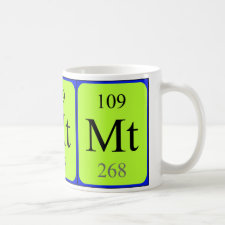
Authors: Ma XH, Jiang ZJ, Li JP
Article Title: An electrochemiluminescence sensor of magnetic glycosyl-imprinted microspheres based on multi-probe signal amplification for CD44v6 determination.
Publication date: 2021
Journal: Sensors and Actuators B: Chemical
Volume: 333
Article Number: 129562.
DOI: 10.1016/j.snb.2021.129562
Alternative URL: https://www.sciencedirect.com/science/article/pii/S0925400521001301
Abstract: A CD44v6 detection method was developed by using glycosyl-imprinted technique and enhanced with multi-probe signal amplification. Oligomeric hyaluronic acid was used as the template molecule, which was prepared by the cleavage of polyhyaluronic acid using hyaluronidase. Mercaptophenylboronic acid was self-assembled on the surface of core-shell Au@Fe3O4 magnetic microspheres through the covalent interaction between its thio group and Au. Then oligomeric hyaluronic acid (<10 kDa) was linked on Au@Fe3O4 via the formation of a cyclic ester between boronic acid and the ortho-dihydroxy group of oligomeric hyaluronic acid. By using oligomeric hyaluronic acid as a template and p-aminophenylboronic acid (p-APBA) as the functional monomer, boronate affinity glycosyl-imprinted polymer films were prepared on Au@Fe3O4 by chemical polymerization. The magnetic glycosyl-imprinted polymer microspheres (MGIP) were attached on the surface of the magnetron-controlled glassy carbon electrode (MGCE) as the recognition component rebinding for the template, and CD44v6 was specifically recognized by the binding of the imprinted cavities to the oligomeric hyaluronic acid. The boronic acid functionalized tris-(2,2'-bipyridyl) ruthenium (II) (Ru(bpy)3-BO3) was used as a molecular probe to label the adsorbed oligomeric hyaluronic acid of CD44v6. With the aid of the multiply captured Ru(bpy)32+ probes on CD44v6 and the high luminescence efficiency of Ru(bpy)32+, the electrochemiluminescence response of the sensor exhibits a high sensitivity for CD44v6 determination with a detection limit of 0.08 ng/L. The method was applied in the assay of CD44v6 in serum samples
Template and target information: oligomeric hyaluronic acid, hyaluronic acid, CD44v6
Author keywords: Glycosyl-imprinting sensor, CD44v6, Electrochemiluminescence, Oligomeric hyaluronic acid, magnetic particles, boronate affinity



Join the Society for Molecular Imprinting

New items RSS feed
Sign-up for e-mail updates:
Choose between receiving an occasional newsletter or more frequent e-mail alerts.
Click here to go to the sign-up page.
Is your name elemental or peptidic? Enter your name and find out by clicking either of the buttons below!
Other products you may like:
 MIPdatabase
MIPdatabase









